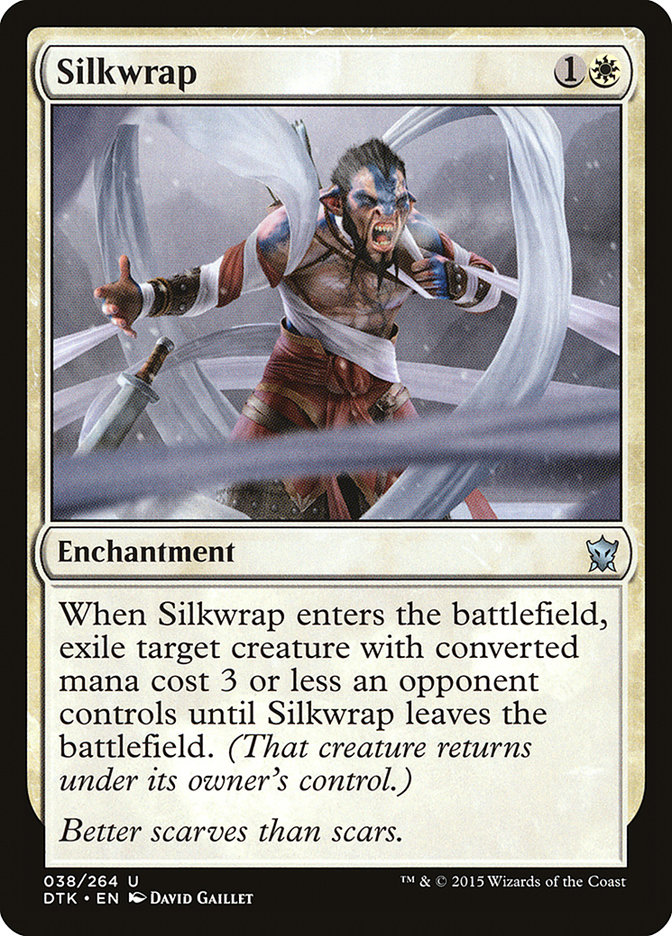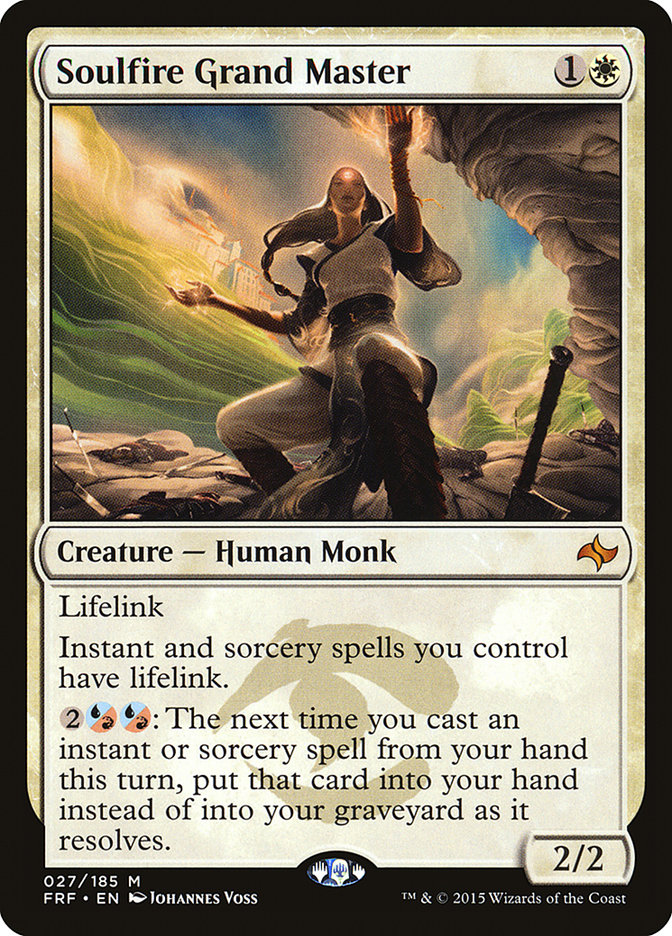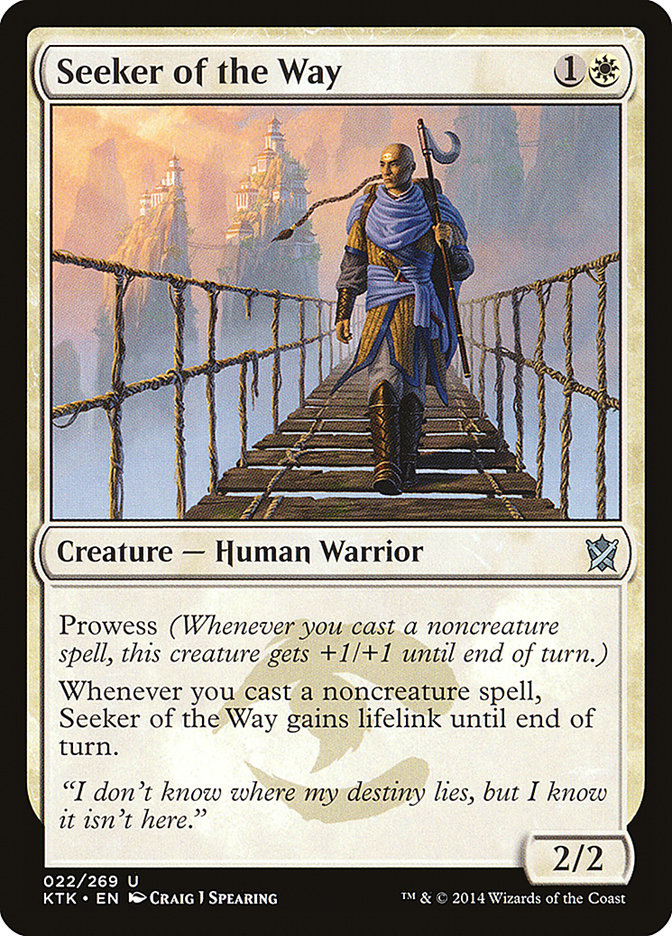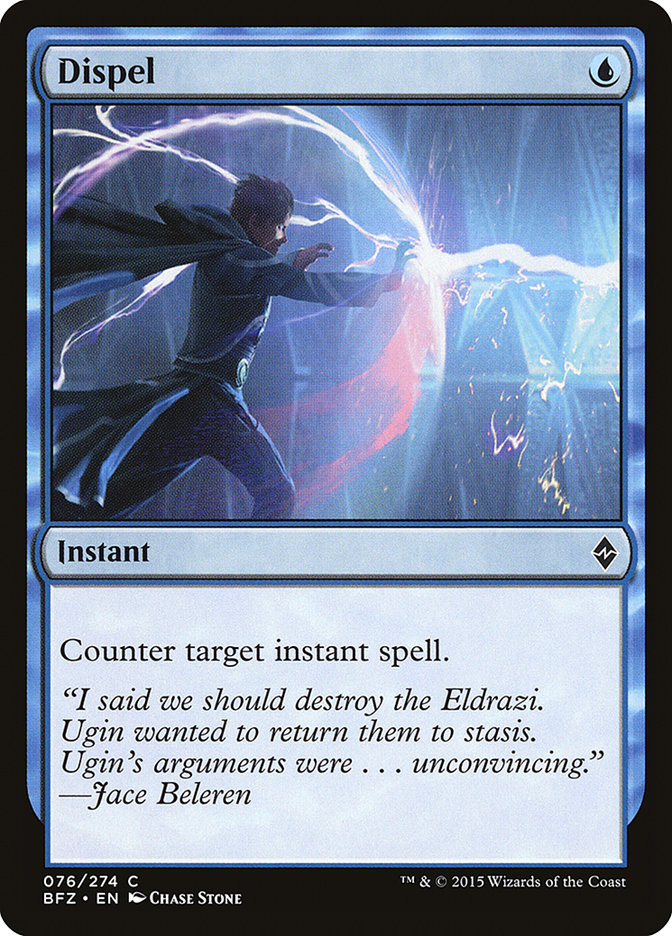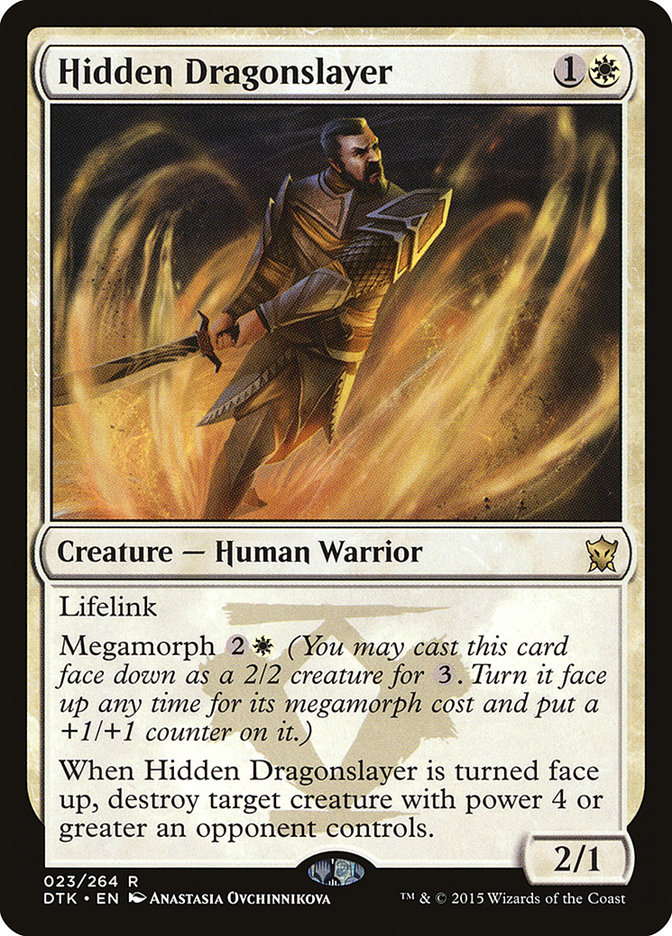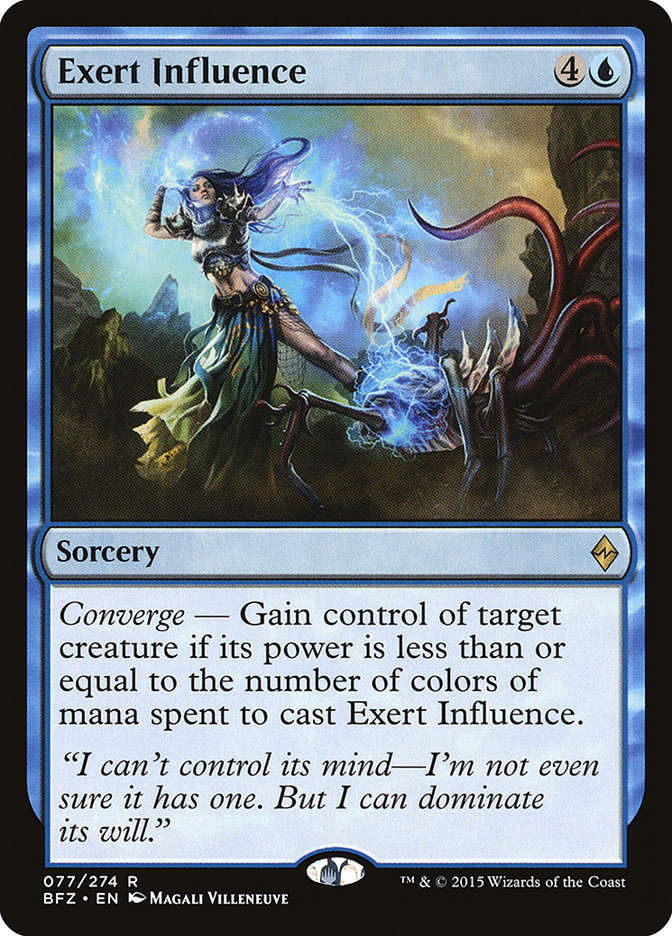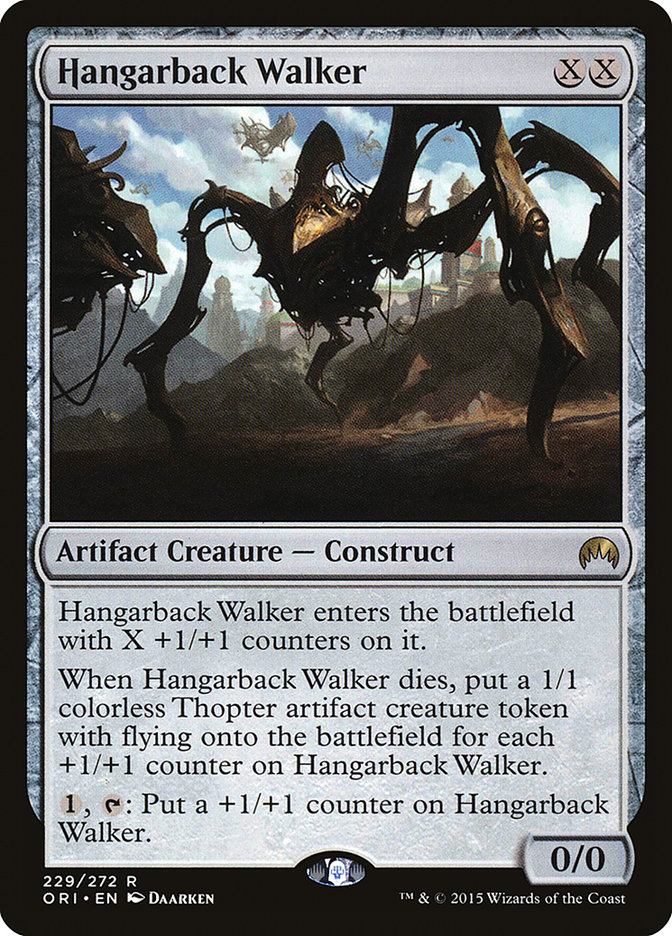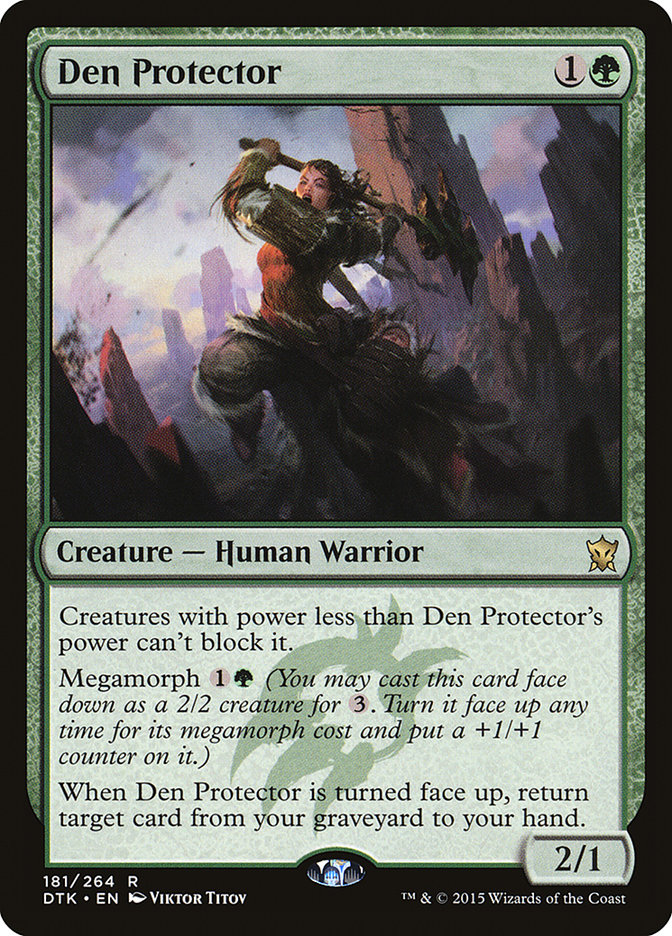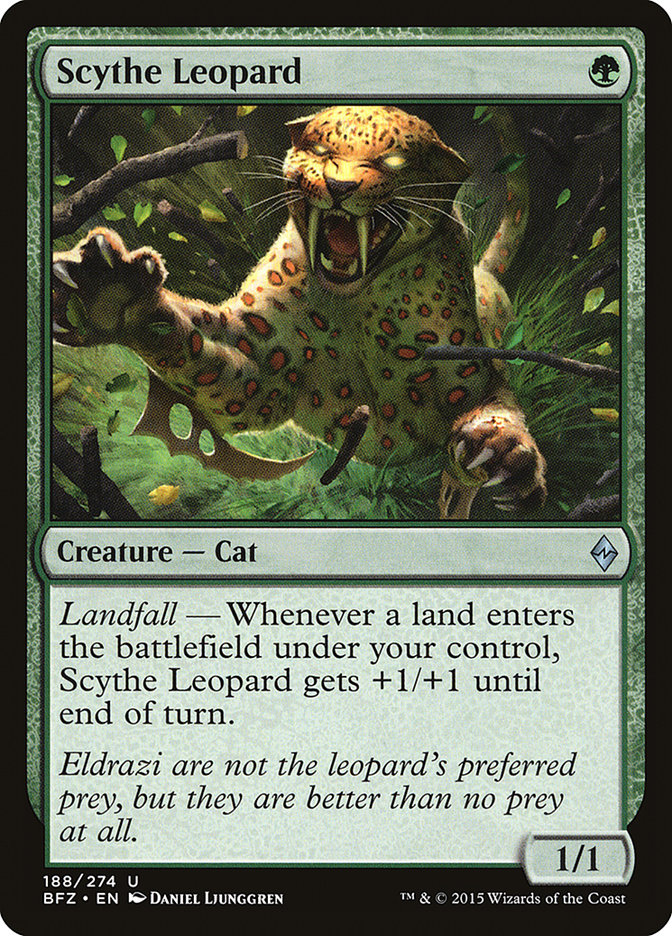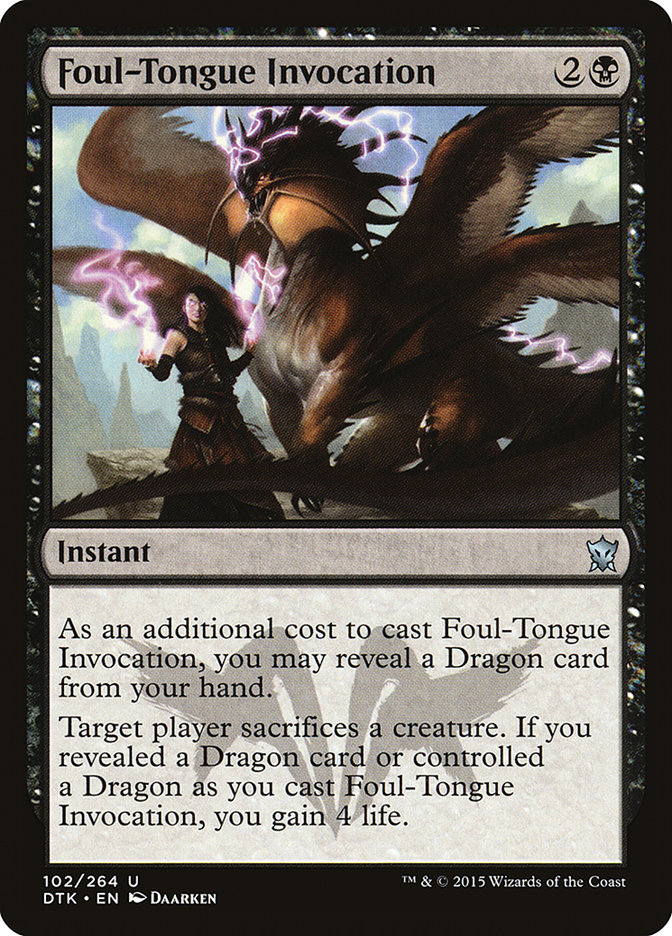This past weekend at #SCGINDY was a strange one for me. I was alive in the tournament going into Round 14, where a win would likely allow me to draw into
Top 8. Unfortunately, flooding out against a Mantis Rider deck is not ideal, and I was eventually swallowed whole by the menace that is Jace, Vryn’s
Prodigy. The next round was trivial, but a Top 16 would get me two extra Open Series points to help me qualify for the Players’ Championship, but I fell
once again to a R/B Aggro deck.
After getting off to a reasonable start, I ended up going 3-3 on Day 2 to finish in the Top 32 with Abzan Aggro. It wasn’t anything special, as we’ve seen
these Hangarback Walker into Anafenza, the Foremost decks for the last few months, before the arrival of Battle for Zendikar. Not a lot has
changed spell-wise with the release of the new set in terms of new cards being played, but everything has changed when you look at how people are actually
building their decks.
Here is how we built Abzan Aggro.
Creatures (19)
Planeswalkers (3)
Lands (26)
Spells (12)

As you can see, a lot has changed, but not as much as you might expect. Gideon, Ally of Zendikar showed up in a number of archetypes, and did solid work,
but I don’t think anyone felt it was as powerful as we were led to believe. Against aggressive decks, it looks mediocre. Against flying decks, it looks
mediocre. But against any midrange deck, it is just absurd.
With how the manabase was built, Gideon was actually difficult to cast on a number of occasions. I don’t know if it was even correct to be playing it in
this deck! Brian Braun-Duin has been an advocate of Woodland Wanderer, and I’m inclined to agree that it might be great. Without some sort of mana
acceleration, like Rattleclaw Mystic, it might be too slow, but it hits hard and plays solid defense. It also has trample.
While Abzan Aggro wasn’t the major headline of the tournament, it was the deck many of the Roanoke guys played, including Tom Ross, BBD, Brad Nelson, and
myself. We were all within a few cards of each other, but by the end of Day 1, we knew that we had built our deck wrong. The deck was inherently flawed,
wanting to play both the control role and aggressive role depending on the matchup, but doing neither all too well. Some cards impressed us, while others
were underwhelming. Today we’ll talk about those cards.
But first, Atarka Red ended up winning the whole shebang, proving once again that small creatures coupled with the powerful spell out of Dragons of Tarkir is still a winning strategy. Mono-Red, or variants thereof, have done well in the early parts of Standard when a new set comes
out. This has been a lasting trend that resulted in red decks winning the last two Pro Tours. But once the cat is out of the bag, does Mono-Red or Atarka
Red stand a fighting chance?
Honestly, I don’t know. I’m not a huge fan of moving all-in on Monastery Swiftspear, but I do know that the deck is solid. You need to come prepared if you
want to beat it, but it is important to note that the winning decklist featured a different kind of attack. Temur Battle Rage combined with powerful pump
spells like Titan’s Strength and Become Immense can kill you out of nowhere, and sometimes a bit of lifegain like Arashin Cleric or even Siege Rhino isn’t
going to save you.
But aside from Atarka Red winning #SCGINDY, I was able to gain a significant amount of valuable information about what cards overperformed, and what cards
I think are being highly overrated. From my deck alone, I found at least three cards that felt much better than I expected them to, and I’m definitely
looking at playing them this weekend at #SCGATL.
Show ’em Some Love
While this card could end up being filler against a control strategy, nearly every deck in the format has some kind of target for it. Since most removal
spells in the format can’t kill Jace, Vryn’s Prodigy or Hangarback Walker for less than three mana, Silkwrap seems like a no-brainer, but I think the
prospect of Dromoka’s Command will turn people away from it.
But Silkwrap gives white decks the ability to interact on Turn 2 without a creature to play while also allowing them to interact with troublesome threats
like Anafenza, the Foremost and Mantis Rider without investing too much mana. What I learned this past weekend was that spending less mana to kill your
opponent’s creature than they spent to cast it allowed for some heavy swings in tempo, which would often lead to victory. It doesn’t seem like tempo should
be a big deal in such a grindy format, but Silkwrap often allows you to turn the corner faster than your opponent. When you’re able to put a threat on the
battlefield while also killing your opponent’s, it will be tough for them to keep up. Cheap removal spells that can help turn the tide of a game, like
Silkwrap and Murderous Cut, are going to be invaluable.
Decks like Abzan Aggro hinge on being able to interact with the opponent while they have a clock on the table. Without a creature attacking them, killing
their creature doesn’t actually do a lot. Trading one-for-one against Mantis Rider is a losing proposition in the long-term unless you have some pressure
on them or a way to invalidate the swing in life totals. That leads me to my next card(s).
I didn’t play with either of these cards this past weekend, but I do think both of them might end up being insanely good. Seeker of the Way is a very easy
answer to the swing in life total from Siege Rhino, so long as you can remove their blocker from the battlefield. While Seeker of the Way seems to have
been forgotten lately, I think it will come back in a big way. G/W based decks need an early creature that can pressure the opponent, as well as pad the
life total from all the fetchlands and opposing damage sources. Seeker of the Way is also not exactly easy to deal with in the earlygame and can provide
you with a great body for Dromoka’s Command.
I also think there could be a number of decks built right now that look a bit like the old Heroic decks from last season. They won’t be as good, as we’re
losing Gods Willing and the heroic creatures themselves, but if you have enough small threats and tempo-oriented spells, you can quickly get your opponent
into a hole that they may not be able to dig themselves out of. I also think that something like Lithomancer’s Focus might end up being a real card in the
new Standard, so long as there is a Heroic-like deck for it to find a home in. It pairs nicely with Seeker of the Way, both protecting it from burn spells and also allowing it to overcome blockers like Siege Rhino.
Soulfire Grand Master, on the other hand, is much better for control decks. Cards like Roast or Draconic Roar are phenomenal in conjunction with Soulfire
Grand Master, but the inherent lifelink on the card is also solid when you’re killing your opponent’s creatures and attacking. While Soulfire Grand Master
has lost a lot of credibility thanks to the rotation of its best friend Stoke the Flames, you can bet that it will still find a home in the current
Standard and still be very scary to play against.
Dispel was another card that I was very impressed with. Nearly every matchup featured a host of instants that I wanted to counter for one mana. Abzan
Charm, Crackling Doom, Draconic Roar, Dig Through Time, and even Atarka’s Command all saw a ton of play this past weekend, and Dispel deals with all of
them for just one mana. As I said earlier, spending less mana on your answer than your opponent’s spell will result in some swingy turns that often allow
you to turn the corner. In actuality, Dispel is one of the best tempo cards ever printed since it will trade up on mana almost every time. It just needs to
have the right home, and the format has to be stocked with powerful instants.
But Dispel isn’t just a card I would throw into any deck. I think it functions well alongside efficient threats, such as Anafenza, the Foremost or Mantis
Rider. These types of creatures that provide able bodies and fast clocks put the opponent under immense pressure. Once Dispel could close the deal by
itself, though, it will mostly just force the opponent to spend the majority of their turn while you spend one mana.
Dispel pairs well with cheap creatures that require an answer before they get out of hand, but it also fights certain strategies in a way they may not be
equipped to deal with. Esper Dragons, or Dig Through Time decks in general, might have a tough time beating Dispel. Stopping their Dig Through Time,
counterspell, or removal spell for one mana is absurd, but it won’t win the game by itself. Dispel is just a tool for helping win battles, but you need a
lot of soldiers on the ground to win the war.
I think a lot of people might have taken the Dispel reprint for granted. It has been, and always will be, one of my favorite counterspells ever printed. I
regularly play two or three copies in Modern and have even considered it for Legacy. At the moment, Standard is flush with instants that generally cost
three mana, and Dispel is perfect for punishing people who are reliant on those spells to save them.
Hidden Dragonslayer is an odd card. I never thought it was great, but I always thought it was fine. It was pretty tough to justify playing it over Den
Protector, which meant you had to play more than four total morphs in your deck. But something has changed. The removal in the format seems to be a bit
worse than it was before, but mostly I think that Abzan decks just have a tough time killing a 2/2 creature. Sure, they can block them, but that doesn’t
mean much when you gain immediate card advantage from either Den Protector or Hidden Dragonslayer.
But what really impressed me was the lifelink on Hidden Dragonslayer, which is what led me to believe that Seeker of the Way could easily see play again
very soon. I did get to flip Hidden Dragonslayer to kill a lot of Siege Rhinos this weekend, which certainly helped solidify my belief that it was a great
card, but I also found myself wanting a solid two-drop creature against the red decks. In a vacuum, Arashin Cleric is probably better in most situations,
but the fact that Hidden Dragonslayer is such a gem against Siege Rhino means you should probably be mixing up that slot in your sideboard.
While I don’t expect Hidden Dragonslayer to see too much maindeck play in the coming months, I think it is solid enough to warrant a sideboard slot or two.
Of all my sideboard cards, I was happiest when I drew it over just about anything else.
This card is busted.
B-U-S-T-E-D.
While it does require five mana, and usually at least four different colors of mana, I think that Exert Influence is one of the best cards from Battle for Zendikar. It could have singlehandedly won me three different games that I lost had I drawn it. And it also could have won me two
different games had I drawn my fifth land. Such is the nature of cards that cost five mana, but that shouldn’t be too much of an issue as long as you play
enough lands to support expensive spells. While we don’t have Temples anymore to smooth out our early mana development, cards like Nissa, Vastwood Seer or
Treasure Cruise should help us hit land drops while also providing card advantage.
Unfortunately, we were playing Abzan Aggro without too many ways to help us hit additional land drops, which was the major problem behind my inability to
cast Exert Influence on a reasonable time frame. Abzan Charm is far too valuable for removing big creatures from the battlefield, and can’t always be
trusted as a source of card advantage. But splashing for something like Treasure Cruise isn’t outside the realm of possibility, though it does put some
pressure on your graveyard alongside Murderous Cut.
Control Magic has always been a card that Wizards of the Coast has been afraid to reprint, for multiple reasons. Instead, we get handed watered down
versions like Domestication, which still end up being very good. After playing a lot of matches with Mono-Blue Devotion over the last two years, I think
that Control Magic effects are still powerful in Standard, no matter what the cost. Five mana isn’t too much to ask, and especially so when you’re outright
stealing their creature without fear of Dromoka’s Command to knock the enchantment off.
Exert Influence, in our testing, was the deciding card in any sort of midrange matchup. Stealing a creature is the ultimate form of tempo since you are
both removing their clock and presenting one of your own. With creatures being printed with such a high power level (see Dragons, Siege Rhino, Mantis
Rider), it isn’t unreasonable to expect spells that steal those creatures to see a lot of play. I wouldn’t put it past Exert Influence to end up seeing
some amount of maindeck play at some point, though it is a bit dangerous with Atarka Red being top dog at the moment. You don’t have the time to invest
that much mana to steal Zurgo Bellstriker, after all.
Pump the Brakes
There were quite a few cards that I ended up hating by the end of the tournament, though I think some were a necessary evil. In the Abzan Aggro deck,
building it like a five-color control deck didn’t seem too troublesome at first, but the constant damage from fetchlands took their toll. The lack of flood
protection with something like Shambling Vents was also pretty awkward, and like I said earlier, the deck itself was fundamentally flawed.
Moving forward, here are some cards that you might want to shy away from when building your decks, unless you have a very good reason to keep them around.
Everyone knew it was coming. Everyone came prepared to ignore it. While Hangarback Walker is still best buddies with Dromoka’s Command, I saw far too many
decks playing Hangarback Walker than was necessary. It is colorless, but that doesn’t mean it belongs in your deck. Traditionally, Hangarback Walker is
supposed to be great against red decks, but I just didn’t feel like it had the same stalling power that it used to. This is especially true in the case
that your opponent is playing Temur Battle Rage.
While Hangarback Walker will continue to see play, I think you should have a very good reason for wanting it in your deck.
Gideon is a great card in a vacuum, but it does need some help. Like any planeswalker, you want to be able to protect it. Creatures like Hangarback Walker
go great with Gideon, but I’m not sure either really need to be up for consideration. With so many Mantis Riders and Dragonlord Ojutai running around,
Gideon seemed like an expensive Glorious Anthem. Don’t get me wrong: Gideon is absurd on a dry battlefield. If your opponent is tapped out with no threats
on the table, Gideon is one of the best cards you can play, but like any planeswalker, it falls to people who can swarm the battlefield.
While Gideon is a great card, it doesn’t belong in every single white deck. It is no Elspeth, Sun’s Champion. Treating it as such will result in quite a
few losses because it doesn’t help stabilize you when you’re too far behind on the battlefield. Gideon doesn’t play catch-up well, but it will push you
ahead or close the game if you’re casting him while at parity or above.
I’m not sure why, but Den Protector was pretty underwhelming for me this past weekend. At times, it was all I wanted to draw. At other instances, I drew
one or two and I never had time to cast it, or was forced to play it on turn 2 as an early threat/blocker. I don’t think Den Protector is bad, but her time
in the sun as the dominant green creature in Standard might be coming to an end. It will still be great in a number of midrange or control strategies, but
I don’t think it belongs in this Abzan Aggro shell. And to be honest, I don’t think this Abzan Aggro shell should even be a deck anymore.
While I think both Snarling Gnarlid and Makindi Sliderunner could be solid outside of Landfall Aggro strategies, I think that Scythe Leopard is just a tad
underwhelming. I can’t exactly explain why, but I was never all that afraid of a Scythe Leopard. But I’ve been thinking a lot about both Sliderunner and
Gnarlid in other shells besides all-in Landfall aggressive decks. In general, this deck looked pretty weak compared to Atarka Red, and I expect most people
to move towards that shell.
Sacrifice effects are pretty awkward at the moment unless they are Crackling Doom. Foul-Tongue Invocation hasn’t been all that desirable since the printing
and push in playing Hangarback Walker, and that trend should continue for at least the next few weeks. Nearly every Dragon-based deck I saw played
Foul-Tongue Invocation, and it always looked very bad. The four life gained from it was alright, I guess, but the opponent was rarely sacrificing a
relevant creature.
Over time, the card might become great again, but for now I would leave it in your common/uncommon box.
For the next few weeks, we’ll be seeing the new Battle for Zendikar Standard, both at #SCGATL, as well as the Pro Tour the week after. I am
vigilantly working on new ideas and trying my best to learn from what I’ve seen over the last week and change. For the most part, the cards we thought were
good ended up being decent, and very few new cards hit my radar in a positive way.
The Battle lands will continue to define how we build our decks, what colors we splash, and ultimately determine what spells we can fit into our
concoctions, but I don’t expect too many cards from Battle for Zendikar to make a huge impact on the new Standard. Siege Rhino and Mantis Rider
are still great; Jace, Vryn’s Prodigy had a huge spike in price; and Bring to Light ended up being a real thing. Hurray!
I have no idea what to play this weekend in Atlanta. I want to play some sort of Heroic-style tempo deck featuring Silkwrap, Dromoka’s Command, and Seeker
of the Way, but I have no idea how to build it. If only I had some person, maybe a friend, who had some experience with this sort of thing…
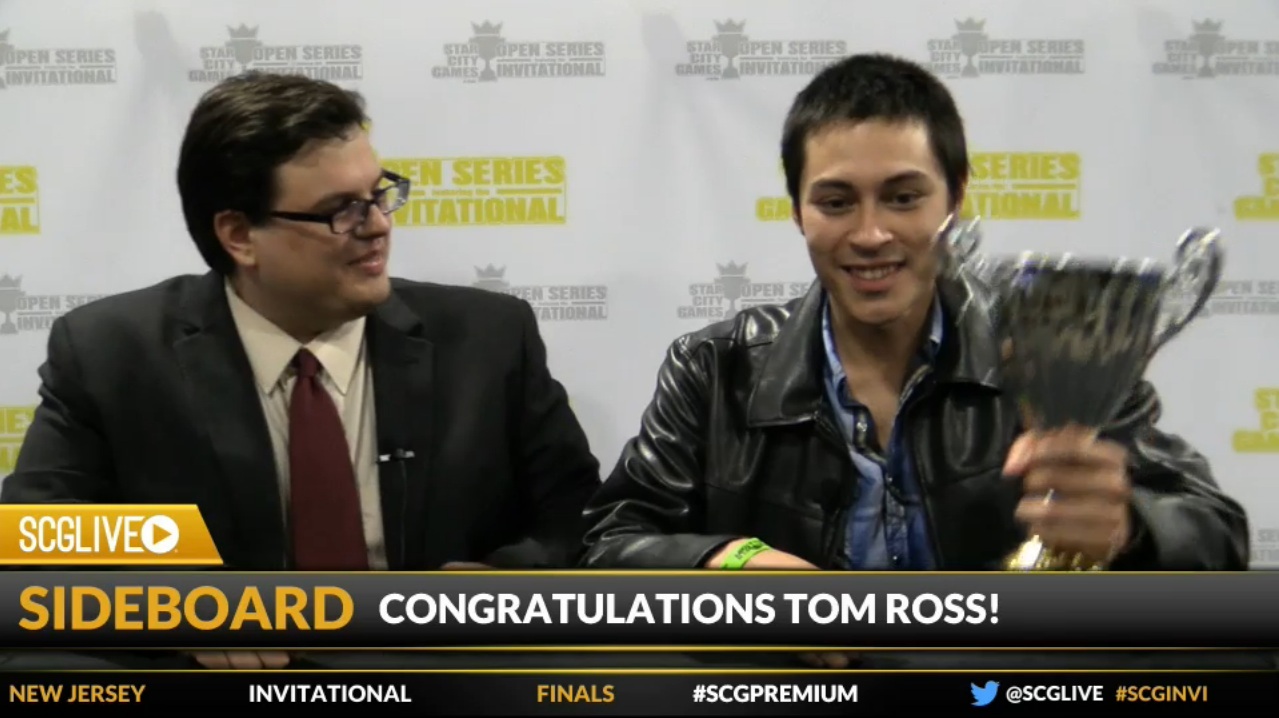
Oh, right. I guess I’ll just listen to Tom.

